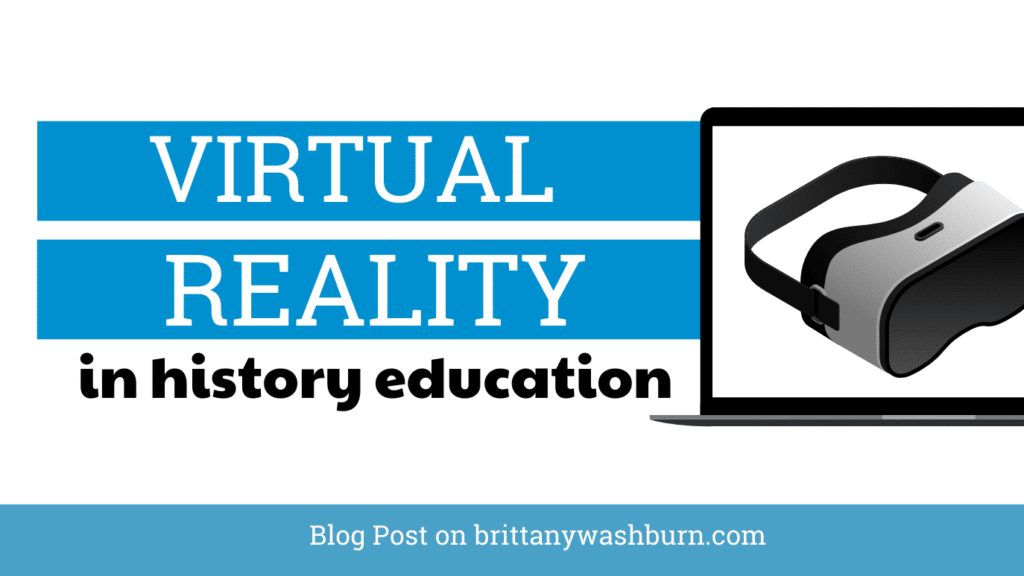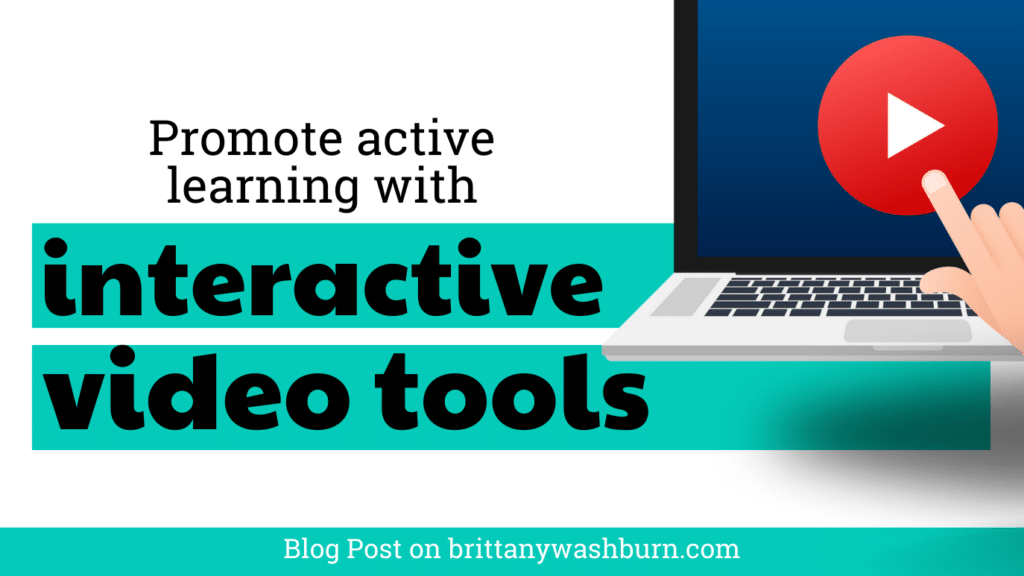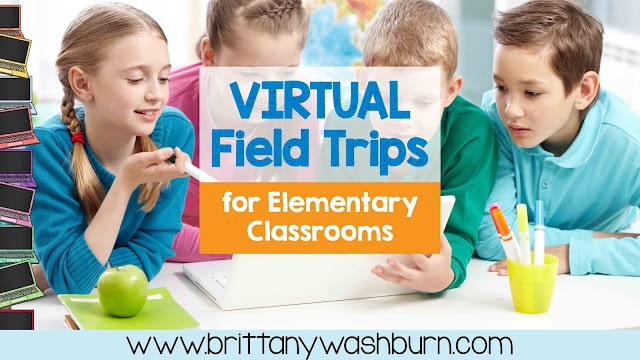Exploring Virtual Reality in History Education

In recent years, virtual reality (VR) has emerged as a powerful tool for enhancing education and learning. By creating immersive and interactive experiences, VR has the potential to transform the way we teach and learn. In the field of history education, VR has already shown promising results, allowing students to experience historical events and places in ways that were previously impossible. In this article, we will explore the current state of VR in history education, its potential benefits and limitations, as well as the practical considerations for implementing VR in the classroom. We will also examine some of the most successful VR programs in history education and discuss the future of VR and its potential impact on history education.
FAQ
What is virtual reality?
Virtual reality (VR) is a computer-generated environment that simulates a real or imaginary world in a way that allows users to interact with it as if they were actually there.
How does virtual reality enhance history education?
Virtual reality enhances history education by providing an immersive and interactive learning experience. It allows students to “visit” historical places and events, explore artifacts and objects, and engage with historical figures in ways that are not possible with traditional textbook learning.
What are some challenges of implementing VR in the classroom?
Challenges of implementing VR in the classroom include cost and accessibility, technological and implementation challenges, and safety and ethical considerations.
What are some successful examples of VR programs in history education?
Some successful examples of VR programs in history education include The Anne Frank House VR Experience, The British Museum VR Experience, and The VR Museum of Fine Art. These programs offer students the opportunity to experience historical places and artifacts in ways that were previously impossible.
Introduction to Virtual Reality in Education
Virtual reality (VR) is a technology that immerses users in a digital environment, allowing them to experience things in a way that is impossible in the physical world. Check out this summary in our article What is Virtual Reality? While VR was previously associated with gaming and entertainment, it is now becoming more prevalent in various fields within education.
Definition and Explanation of Virtual Reality
Virtual reality involves using a headset or other device to transport the user to a detailed digital environment. This environment can be entirely computer-generated, or it can simulate a real-world location or event. The user can move, interact with objects, and even communicate with virtual characters.
Brief History of Virtual Reality
Virtual reality has a long and fascinating history, dating back to the 1960s. NASA was one of the first organizations to experiment with VR, using it to train pilots for the Apollo missions. Over the years, VR technology has evolved, becoming more sophisticated and accessible.
Overview of Virtual Reality in Education
Virtual reality has the potential to be a powerful educational tool, offering immersive, hands-on learning experiences that are difficult to replicate in a traditional classroom setting. From exploring historical sites to dissecting a frog, virtual reality can help students learn about a wide range of subjects in a way that feels engaging and fun.
Benefits of Virtual Reality in History Education
Enhanced Learning Experience
Virtual reality can make learning history more engaging and interactive. Instead of reading about history in a textbook, students can explore historical sites and events, getting a more visceral sense of what it was like to be there. This can help students develop a deeper understanding and appreciation of history.
More Engaged and Active Learning
Virtual reality can help students become more active and engaged learners. Instead of sitting passively at a desk, students can get up and move around in a virtual environment, interacting with objects and people. This can help students become more invested in their learning and more enthusiastic about exploring history.
Improved Retention and Recall
Studies have shown that virtual reality can improve retention and recall of information. When students have an immersive, multi-sensory learning experience, they are more likely to remember what they learned. This can be especially beneficial for learning historical events and figures.

Examples of Successful Virtual Reality Programs in History Education
The Anne Frank House VR Experience
The Anne Frank House in Amsterdam offers a virtual reality experience that takes visitors through a recreation of the secret annex where Anne Frank and her family hid during World War II. The experience includes historical information and personal stories, giving visitors a powerful sense of what it was like to be there.
The British Museum VR Experience
The British Museum offers a virtual reality tour that takes visitors through the museum’s collection of artifacts and treasures. This experience includes detailed 3D models of the objects, allowing visitors to explore them from all angles and learn about their historical significance.
The VR Museum of Fine Art
The VR Museum of Fine Art is a digital museum that allows visitors to explore a collection of famous works of art from around the world. The experience includes detailed, high-quality reproductions of the art, as well as information about the artists and their work.
More Virtual Field Trip Options
These 6 Tools for Virtual Field Trips for the Elementary Classroom have even more resources for you.
Implementation of Virtual Reality in the Classroom
Necessary Hardware and Software
To use virtual reality in the classroom, you’ll need a VR headset or other device, as well as software that’s designed for educational use. There are a variety of VR options available, from relatively simple Google Cardboard devices to more advanced systems like the Oculus Rift.
Practical Tips for Using Virtual Reality in the Classroom
When using virtual reality in the classroom, it’s important to plan ahead and make sure that the technology is working properly. You’ll also need to provide clear instructions to students about how to use the VR headset and navigate the virtual environment. Finally, it’s important to make sure that virtual reality is being used to enhance and support learning, rather than as a distraction from it.
Safety and Ethics Considerations
Using virtual reality in the classroom raises a number of safety and ethics considerations. For example, it’s important to make sure that the VR experience is appropriate for students of all ages and backgrounds. It’s also important to ensure that students are using the VR technology safely, and that they’re not at risk of tripping or falling while using the headset. Finally, it’s important to be transparent about how student data is being collected and used when using virtual reality technology in the classroom.
Challenges and Limitations of Virtual Reality in History Education
Virtual Reality (VR) has numerous potential benefits for education, including the ability to transport students to historical events and places. However, there are also some challenges and limitations to consider when integrating VR into history education.
Cost and Accessibility
One of the primary challenges of using VR in education is the cost. High-quality VR hardware and software can be expensive, making it difficult for schools with limited budgets to provide access to all students. Additionally, not all students have access to the technology necessary to use VR at home, which can widen the accessibility gap.
Educational Value and Effectiveness
Another challenge is determining the effectiveness of VR as a teaching tool. While VR can enhance student engagement and provide immersive experiences, it is important to consider whether it is a more effective teaching method than traditional teaching methods. Additionally, not all historical events and places translate well to VR, which can limit the educational value for some subjects.
Technological and Implementation Challenges
Finally, there are technological and implementation challenges to consider. For example, VR hardware and software can be complex to set up and use, requiring technical expertise and maintenance. Additionally, integrating VR into the curriculum requires planning and coordination between teachers, administrators, and IT staff.
Future of Virtual Reality in Education and Its Potential Impact on History Education
Despite the challenges, the future of VR in education looks promising. As VR technology advances and becomes more affordable, it is likely that more schools will adopt it in their classrooms.
Advances in Virtual Reality Technology
Advances in VR technology such as increased resolution, better tracking, and more realistic simulations will make VR an even more immersive experience. This will allow students to explore historical events and places in greater detail and with more accuracy.
Growing Use and Acceptance of Virtual Reality in Education
The growing use and acceptance of VR in education also suggest that it will become more widely available in the future. As more schools and educators start to use VR, it is likely that it will become easier to implement and more accessible to students.
Potential of Virtual Reality to Transform History Education
The potential impact of VR on history education is significant. With VR, students can be transported to historical events and places, making history come to life in a way that is not possible with traditional teaching methods. This can help students better understand the context of historical events, increase engagement, and improve retention.
Conclusion and Recommendations for Integrating Virtual Reality in History Education
As VR becomes more widely available, it is important to consider how best to integrate it into history education.
Summary of Key Points
The key challenges to consider include cost and accessibility, educational value and effectiveness, and technological and implementation challenges. However, advances in VR technology and growing use and acceptance suggest that VR has the potential to transform history education.
Suggestions for Further Research
Further research is needed to determine the most effective ways to integrate VR into history education. Specifically, studies should focus on the impact of VR on student learning outcomes and the effectiveness of VR for specific historical events and places.
Recommendations for Successful Implementation of Virtual Reality in History Education
To successfully implement VR in history education, schools should start by identifying the specific historical events and places that would benefit from VR. They should also ensure that they have the necessary hardware and software and that teachers are trained in how to use it effectively. Additionally, schools should evaluate the impact of VR on student learning outcomes to ensure that it is a worthwhile investment.
In conclusion, virtual reality has promising potential to revolutionize the way history education is taught. While it is not a panacea, VR can enhance the learning experience for students by providing opportunities for more active and engaged learning. The challenges and limitations of VR in history education should not be overlooked, but with careful consideration and planning, it can be a powerful addition to the classroom. As technology continues to advance, it is likely that VR will become more accessible and more seamlessly integrated into education. The future of VR in history education is certainly bright and exciting.

Introduction to Google Docs: Editing, Sharing, and Collaborating with Ease
Google Docs has revolutionized the way we create, edit, share, and collaborate on documents. This…
How to Convert PowerPoint Presentations to Google Slides (and Why You Should)
Teachers often create resources in PowerPoint, but as more schools adopt Google Workspace, it’s becoming…
Discover the Secret to Engaging Young Minds with Innovative Tech Tools
Engaging young minds with innovative technology tools has become an essential strategy for promoting student…
Photo and Video Editing Teaching Guide
Photo and video editing have become increasingly relevant skills in the modern world. The ability…
Exploring Virtual Reality in History Education
In recent years, virtual reality (VR) has emerged as a powerful tool for enhancing education…
Promote Active Learning with Interactive Video Tools
Interactive video tools are revolutionizing the way students learn by promoting active engagement and enhancing…











